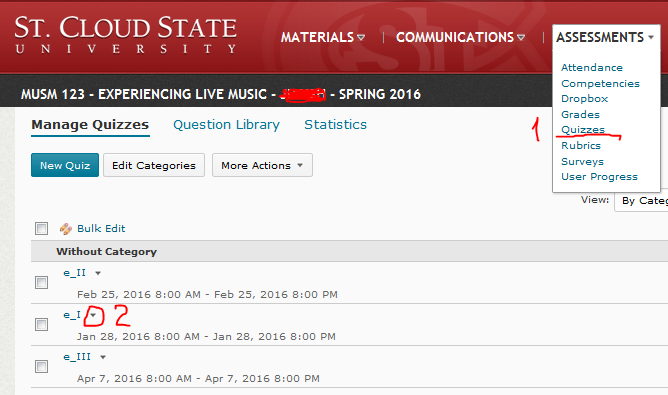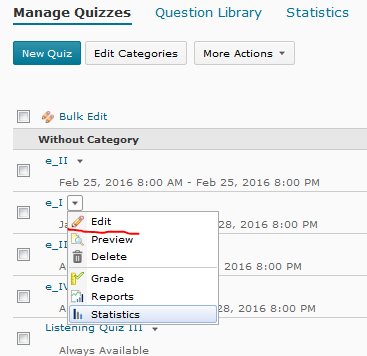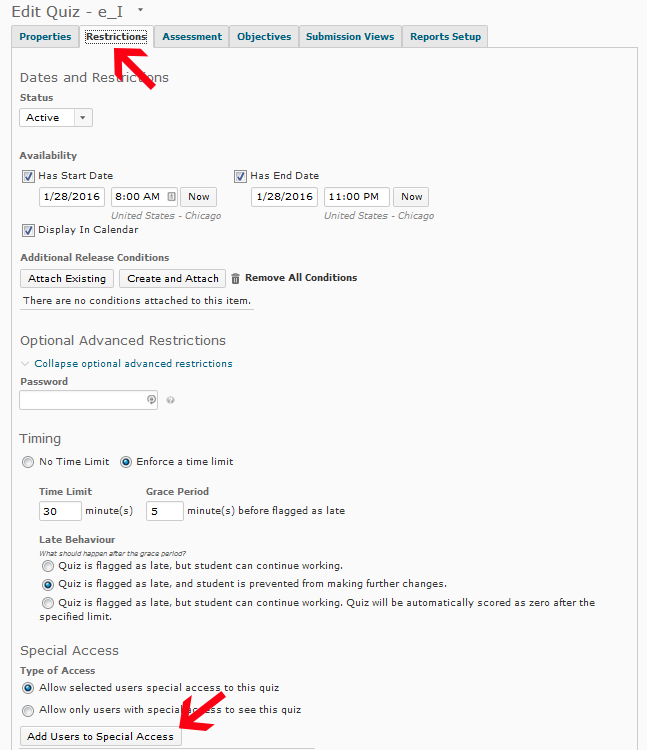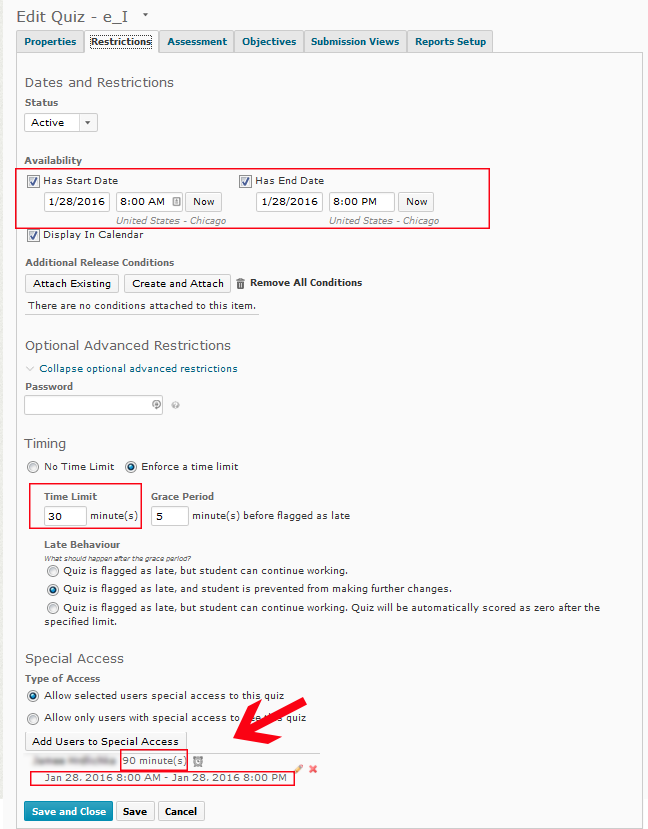Bibliography on virtual reality and students with physical and cognitive disabilities
Jeffs, T. L. (2009). Virtual Reality and Special Needs. Themes In Science And Technology Education, 2(1-2), 253-268.
http://login.libproxy.stcloudstate.edu/login?qurl=http%3a%2f%2fsearch.ebscohost.com%2flogin.aspx%3fdirect%3dtrue%26db%3deric%26AN%3dEJ1131319%26site%3dehost-live%26scope%3dsite
Lahav, O., Sharkey, P., & Merrick, J. (2014). Virtual and augmented reality environments for people with special needs. International Journal Of Child Health And Human Development, 7(4), 337-338.
http://login.libproxy.stcloudstate.edu/login?qurl=http%3a%2f%2fsearch.ebscohost.com%2flogin.aspx%3fdirect%3dtrue%26db%3dpsyh%26AN%3d2015-10704-001%26site%3dehost-live%26scope%3dsite
Cai, Y., Chiew, R., Nay, Z. T., Indhumathi, C., & Huang, L. (2017). Design and development of VR learning environments for children with ASD. Interactive Learning Environments, 25(8), 1098-1109. doi:10.1080/10494820.2017.1282877
http://login.libproxy.stcloudstate.edu/login?qurl=http%3a%2f%2fsearch.ebscohost.com%2flogin.aspx%3fdirect%3dtrue%26db%3dkeh%26AN%3d125723945%26site%3dehost-live%26scope%3dsite
Passig, D. (2011). The Impact of Immersive Virtual Reality on Educators’ Awareness of the Cognitive Experiences of Pupils with Dyslexia. Teachers College Record, 113(1), 181-204.
http://login.libproxy.stcloudstate.edu/login?qurl=http%3a%2f%2fsearch.ebscohost.com%2flogin.aspx%3fdirect%3dtrue%26db%3deric%26AN%3dEJ913420%26site%3dehost-live%26scope%3dsite
Ke, F., & Im, T. (2013). Virtual-Reality-Based Social Interaction Training for Children with High-Functioning Autism. Journal Of Educational Research, 106(6), 441-461. doi:10.1080/00220671.2013.832999
http://login.libproxy.stcloudstate.edu/login?qurl=http%3a%2f%2fsearch.ebscohost.com%2flogin.aspx%3fdirect%3dtrue%26db%3dkeh%26AN%3d90465242%26site%3dehost-live%26scope%3dsite
Collins, J., Hoermann, S., & Regenbrecht, H. (2016). Comparing a finger dexterity assessment in virtual, video-mediated, and unmediated reality. International Journal Of Child Health And Human Development, 9(3), 333-341.
http://login.libproxy.stcloudstate.edu/login?qurl=http%3a%2f%2fsearch.ebscohost.com%2flogin.aspx%3fdirect%3dtrue%26db%3dpsyh%26AN%3d2016-53422-009%26site%3dehost-live%26scope%3dsite
Epure, P., Gheorghe, C., Nissen, T., Toader, L. O., Macovei, A. N., Nielsen, S. M., & … Brooks, E. P. (2016). Effect of the Oculus Rift head mounted display on postural stability. International Journal Of Child Health And Human Development, 9(3), 343-350.
http://login.libproxy.stcloudstate.edu/login?qurl=http%3a%2f%2fsearch.ebscohost.com%2flogin.aspx%3fdirect%3dtrue%26db%3dpsyh%26AN%3d2016-53422-010%26site%3dehost-live%26scope%3dsite
Sánchez, J., & Espinoza, M. (2016). Usability and redesign of a university entrance test based on audio for learners who are blind. International Journal Of Child Health And Human Development, 9(3), 379-387.
http://login.libproxy.stcloudstate.edu/login?qurl=http%3a%2f%2fsearch.ebscohost.com%2flogin.aspx%3fdirect%3dtrue%26db%3dpsyh%26AN%3d2016-53422-014%26site%3dehost-live%26scope%3dsite
Rizzo, A. A., Bowerly, T., Shahabi, C., Buckwalter, J. G., Klimchuk, D., & Mitura, R. (2004). Diagnosing Attention Disorders in a Virtual Classroom. Computer (00189162), 37(6), 87-89.
http://login.libproxy.stcloudstate.edu/login?qurl=http%3a%2f%2fsearch.ebscohost.com%2flogin.aspx%3fdirect%3dtrue%26db%3dkeh%26AN%3d13425208%26site%3dehost-live%26scope%3dsite
Eden, S. (2008). The effect of 3D virtual reality on sequential time perception among deaf and hard-of-hearing children. European Journal Of Special Needs Education, 23(4), 349-363. doi:10.1080/08856250802387315
http://login.libproxy.stcloudstate.edu/login?qurl=http%3a%2f%2fsearch.ebscohost.com%2flogin.aspx%3fdirect%3dtrue%26db%3dkeh%26AN%3d34716698%26site%3dehost-live%26scope%3dsite
Eden, S., & Bezer, M. (2011). Three-dimensions vs. two-dimensions intervention programs: the effect on the mediation level and behavioural aspects of children with intellectual disability. European Journal Of Special Needs Education, 26(3), 337-353. doi:10.1080/08856257.2011.593827
http://login.libproxy.stcloudstate.edu/login?qurl=http%3a%2f%2fsearch.ebscohost.com%2flogin.aspx%3fdirect%3dtrue%26db%3dkeh%26AN%3d65025967%26site%3dehost-live%26scope%3dsite
Lorenzo, G., Lledó, A., Roig, R., Lorenzo, A., & Pomares, J. (2016). New Educational Challenges and Innovations: Students with Disability in Immersive Learning Environments. In Virtual Learning. InTech. https://doi.org/10.5772/65219
https://www.intechopen.com/books/virtual-learning/new-educational-challenges-and-innovations-students-with-disability-in-immersive-learning-environmen
+++++++++++++
more on virtual reality in this IMS blog
https://blog.stcloudstate.edu/ims?s=virtual+reality
How to extend D2L quiz time for specific students
- Go to “Assessment” and select “Quizzes”
scroll down the menu, right to the quiz you are about to alter





2. sellect “Edit” quiz
3. Switch to the “Restriction” tab
Click on “Add Users to Special Access”
4. make the necessary changes
select the student[s] names by checking the box left to their names
5. check the changes and save




